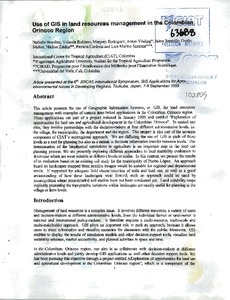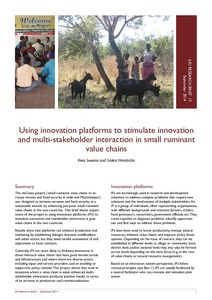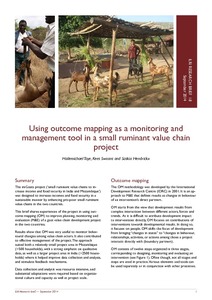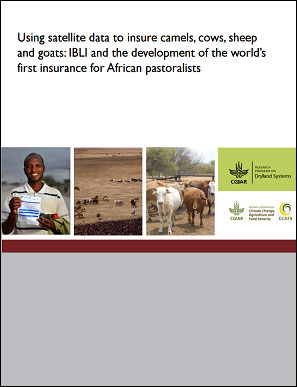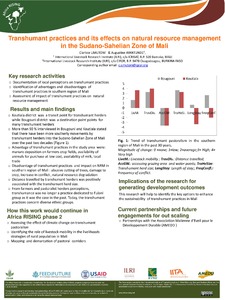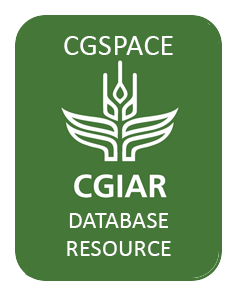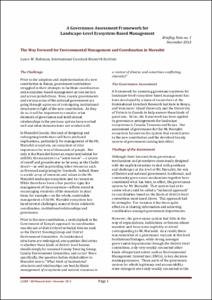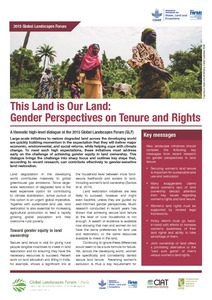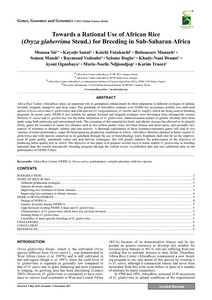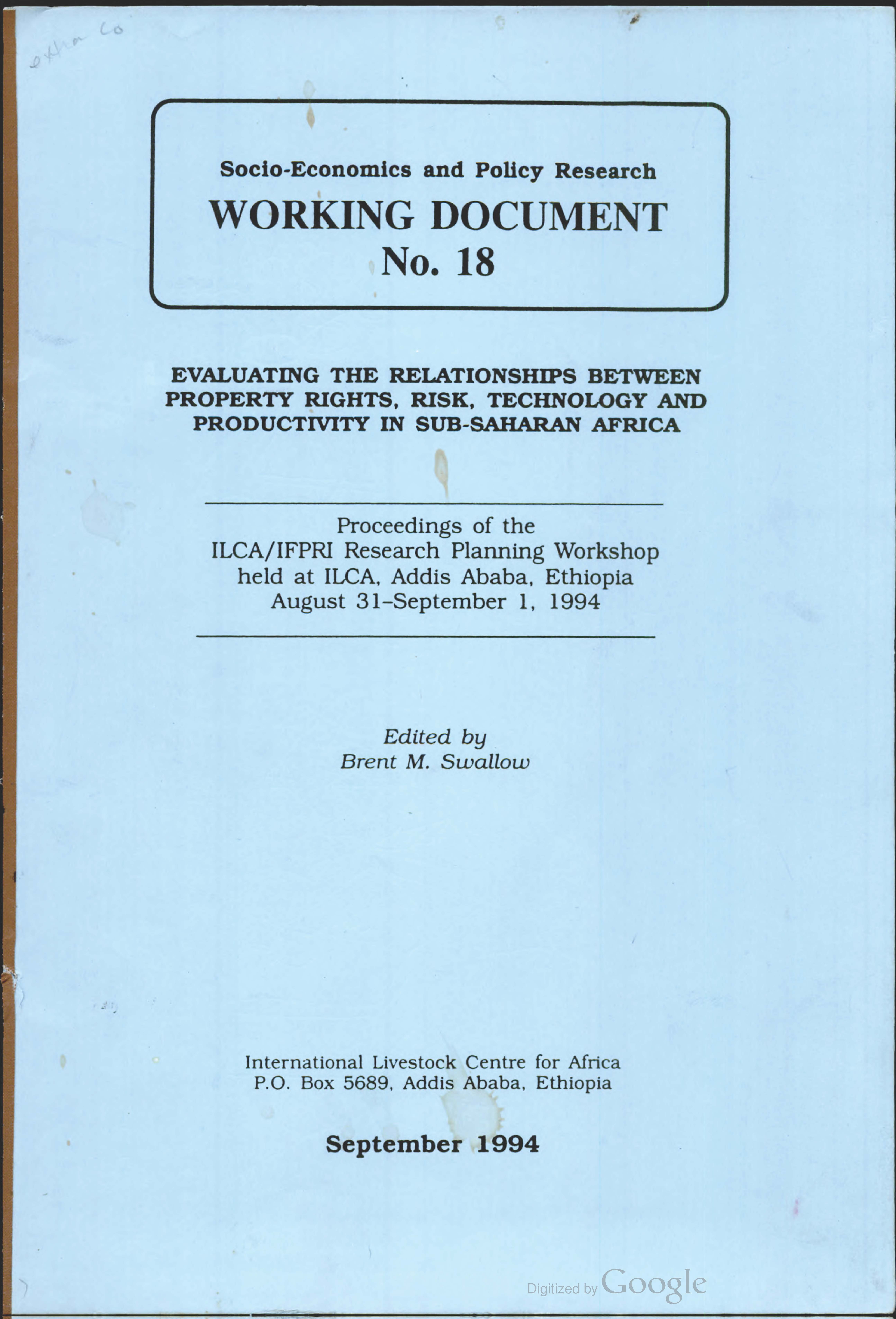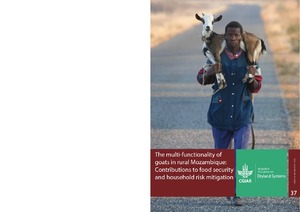land
AGROVOC URI: http://aims.fao.org/aos/agrovoc/c_4172
Using innovation platforms to stimulate innovation and multi-stakeholder interaction in small ruminant value chains
Using outcome mapping as a monitoring and management tool in a small ruminant value chain project
The way forward for environmental management and coordination in Marsabit: A Governance Assessment Framework for Landscape-Level Ecosystem-Based Management
This Land is Our Land: gender perspectives on tenure and rights
To mulch or to munch? Big modelling of big data
African farmers are poorly resourced, highly diverse and aground by poverty traps making them rather impervious to change. As a consequence R4D efforts usually result in benefits but also trade-offs that constraint adoption and change. A typical case is the use of crop residues as mulches or as feedstock. Here we linked a database of household surveys with a dynamic whole farm simulation model, to quantify the diversity of trade-offs from the alternative use of crop residues.
Traditional strategies and adaptive resource use by crop-livestock producers in the Sahel
This presentation concerns the key property rights issues arising in the West African Semi-Arid Tropics (WASAT). The WASAT contains three main agro-climatic zones: Sahel (300–600 mm of annual rainfall falling in 2.5–4 months); Sudanian (600–900 mm, 4 to 6 month rainy season); and Guinean (900–1100 mm, 6–7 month rainy season). The author presented a conceptual framework to explain the responses that farmers in the WASAT region have adopted to deal with changes in their environment.
The multi-functionality of goats in rural Mozambique: Contributions to food security and household risk mitigation
It is widely acknowledged that goats in developing countries fulfill multiple functions and can contribute to improved livelihoods of smallholders. The multi-functionality of goats in rural Mozambique however is fairly unknown. The objective of the paper is therefore to identify and create a deeper understanding of the multiple functions goats currently play in the smallholders sector in Mozambique. The paper takes a sociological approach by advancing the thinking that the functions of goats are socially and culturally constructed, and not ‘given’.

